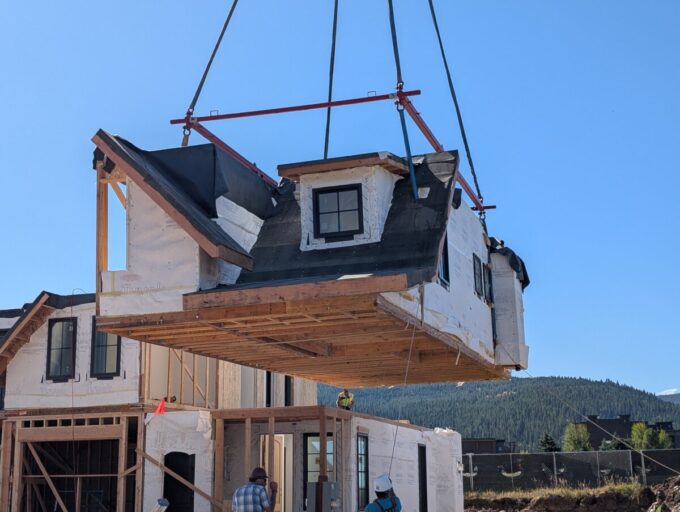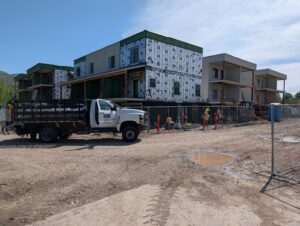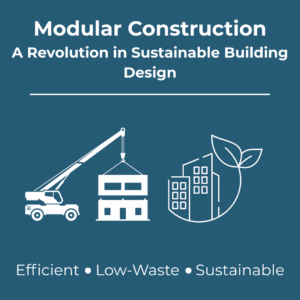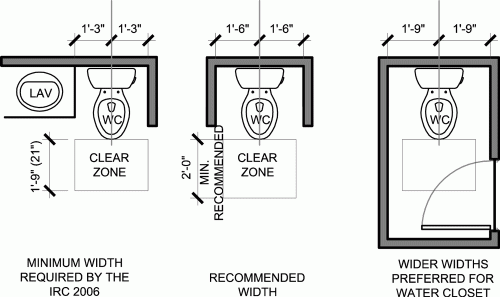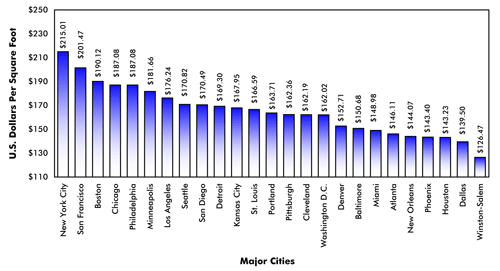Debating Offsite Modular Construction vs. Traditional Onsite Building
Offsite modular construction is gaining popularity as an alternative to traditional onsite building methods. This approach involves fabricating building components in a factory and assembling them onsite. While modular construction offers advantages in speed and efficiency, critics argue that it comes with design and logistical challenges.
Arguments for Offsite Modular Construction
Supporters highlight several key benefits of modular construction:
- Faster Project Timelines – Modular buildings can be completed 30-50% faster than traditional construction. Factory production eliminates weather delays.
- Cost Savings – Controlled environments reduce material waste and labor costs, leading to more predictable budgets.
- Improved Quality Control – Factory conditions ensure consistency, reducing onsite defects and rework.
- Increased Safety – Offsite production minimizes exposure to onsite hazards, improving worker safety.
- Sustainability – Modular construction reduces waste and improves energy efficiency, making it an environmentally friendly option.
Arguments Against Offsite Modular Construction
Critics point out the limitations of modular construction:
- Design Constraints – Modular construction restricts customization, making complex designs harder to achieve.
- Transportation Challenges – Large prefabricated modules require specialized transport, adding logistical difficulties and costs.
- Regulatory Hurdles – Building codes and zoning laws may not fully accommodate modular construction in certain areas.
- Structural Limitations – Modules must withstand transport and installation, sometimes requiring additional structural reinforcements.
- Market Perception – Some buyers view modular buildings as lower quality than traditionally built structures.
Market Trends and Future Outlook
The modular construction market is growing rapidly. In 2024, it was valued at approximately $104.1 billion and is projected to reach $140.8 billion by 2029, with a 6.2% CAGR (MarketsandMarkets). In the U.S., the market was worth $10.53 billion in 2022 and is expected to grow at a 7.8% CAGR through 2030 (Grand View Research).
Prediction for the Future
Offsite modular construction will continue expanding in housing, hospitality, and commercial sectors. Its ability to deliver high-quality buildings efficiently makes it attractive for developers seeking cost-effective solutions. As technology advances, modular designs will become more flexible, and regulatory frameworks will evolve to accommodate offsite methods. While traditional onsite construction will remain dominant, modular construction will play an increasingly vital role in meeting demand for faster, more sustainable building solutions.

